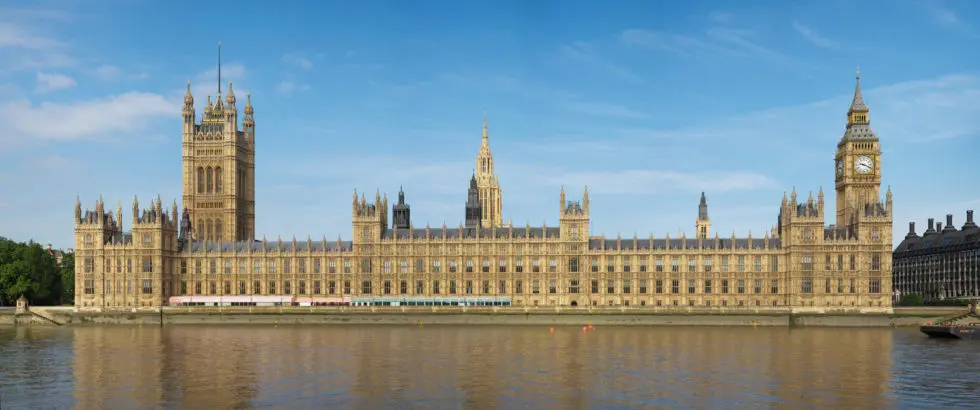They say bad things come in threes, a phrase that certainly would have rung true for Boris Johnson this morning. The news rolling in of historic Conservative losses in yesterday’s by-elections in Wakefield and Tiverton and Honiton have served a major blow to the Prime Minister, who has been largely hanging on by his credentials as an electoral asset for the party.
The then resignation of one of his strongest allies and party chairman, Oliver Dowden, in the early hours of this morning (with a resignation letter littered with implicit calls for the Prime Minister to step down) represented the third blow to Mr Johnson amid seemingly growing pressures from within the party to either jump or be pushed.
Wakefield
In the West Yorkshire constituency of Wakefield, Labour candidate Simon Lightwood won 47.9% of the vote, securing a majority of 4,925. This represented a swing of 12.7% from Conservative to Labour, and signified Labour’s first by-election gain since winning Corby in 2012.
Wakefield was part of Labour’s ‘red wall’ which crumbled to the Conservatives in 2019 and Labour’s win here will have massive symbolic value to the party, boosting Keir Starmer’s credibility heading into the next election, and demonstrating that the party is making progress in the battle for the ever critical ‘red wall’.
Tiverton and Honiton
More striking however, was the result in the Devon seat of Tiverton and Honiton which saw the Tories’ majority of 24,000 disappear as the Lib Dems triumphed on a 30% swing.
Losing in this traditional Tory territory (which has been Conservative-held since its creation in 1997) is a major blow for the Conservatives. The by-election here thus represented a major test of Conservative voters’ loyalty, and this result will be seen as indicative of the effect of Partygate and the cost-of-living crisis on the Prime Minister’s continued voting appeal.
The victory here is another landmark for the Lib Dems, following their defeat of the Tories in Chesham and Amersham last summer, North Shropshire in December, and a good run at the local elections in May. It stands them in good stead in so-called ‘blue wall’ parts of the country, where many voters are concerned about the Government’s priorities and the Prime Minister’s leadership – all of which is complemented by changing demographics (an influx of more middle-class, younger metropolitan professionals).
What next for the Prime Minister?
Undoubtedly, today’s results have put Boris Johnson in even hotter water. Losing two seats overnight (the first double by-election loss for a Government since 1991) alongside the resignation of a loyal Cabinet Minister, all after 41% of his own MPs voted to get rid of him less than 3 weeks ago, would be a bad run for any leader, but especially one whose appeal stems for their ability to get MPs and voters on side.
Critically, yesterday’s losses in Wakefield and Tiverton and Honiton will force Conservative MPs across the country to question how safe their own seats are. The Conservatives experienced significant defeats in two very different constituencies which represents a mass voter shift away from the Conservatives and could potentially put all Tory seats at risk. Yesterday’s byelections highlight the vulnerability of Johnson’s 2019 coalition, and the party will need to reflect very carefully as they consider their strategy for the next election.
Tactical voting played a key role in yesterday’s by-elections, with social media littered with calls to vote against the candidate most likely to defeat the Conservatives in both seats. It suggests many voters are willing to do whatever is possible to oust Boris Johnson and the Tories – and this will be very difficult for them if it is replicated at the general election.
The Prime Minister therefore has a lot of work to do to convince his party that he is the person to take them into the next election. Having survived a vote of no confidence last month, Conservative Party rules dictate that a leader has a one year ‘grace-period’ before another vote can be triggered by the 1922 Committee. However, the Committee’s 18 officers are able to change this rule, a possibility that Committee treasurer Dr Geoffrey Clifton-Brown hinted at on the radio this morning. The last time changing the rules was touted was for Boris Johnson’s predecessor, Theresa May, who eventually resigned in the face of such depressed party support.
We are already seeing less of the usual blame on ‘midterm blues’, and comments like ‘the Prime Minister has got most of the big calls right’ this morning – and MPs are likely to spend the coming days having many conversations over what the next steps should be. Ultimately, there looks to be a few more rough nights ahead for the PM.
What does this mean for us?
The results of these by-elections and the results from the May local elections only strengthens the possibility of a hung Parliament, particularly if a snap election follows in the next few months, which some commentators have hinted at.
Polling since December has consistently put Labour ahead in the polls, with leads in the last month ranging from +2 to +11, which is very much in hung parliament territory.
At Cavendish Advocacy, we are constantly looking at what this means for clients and their long-term positioning and would be happy to discuss further by emailing here.



